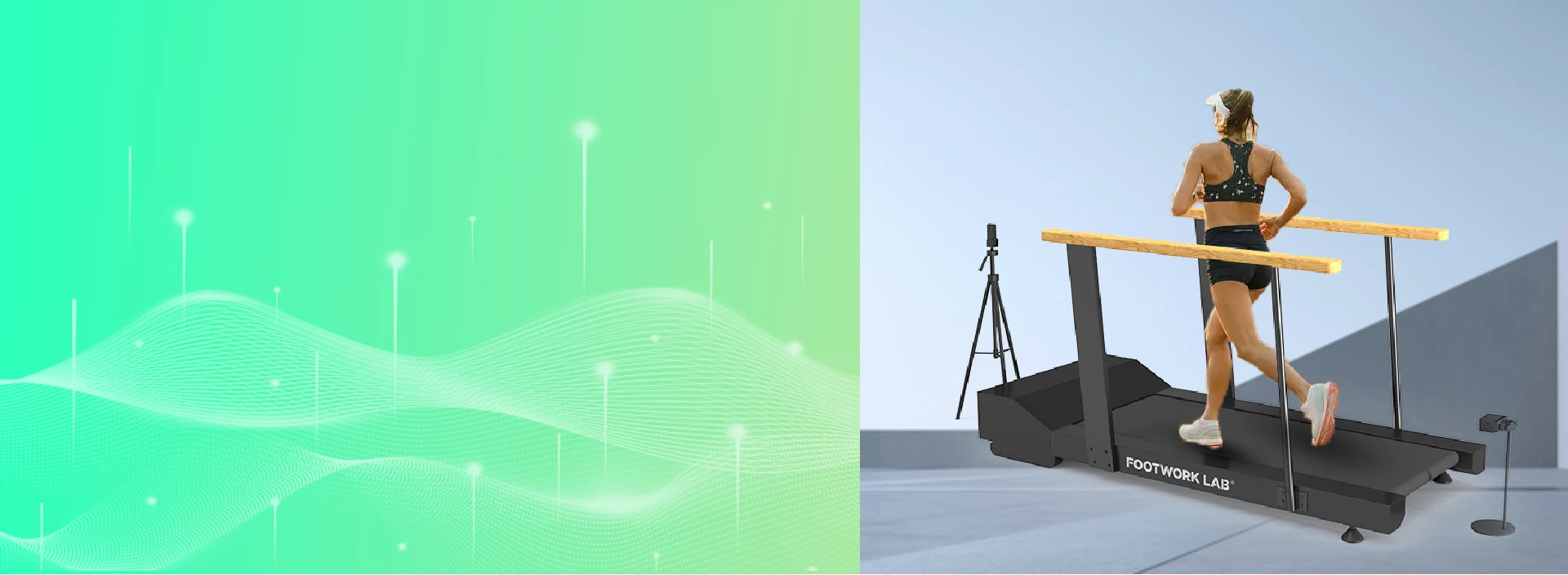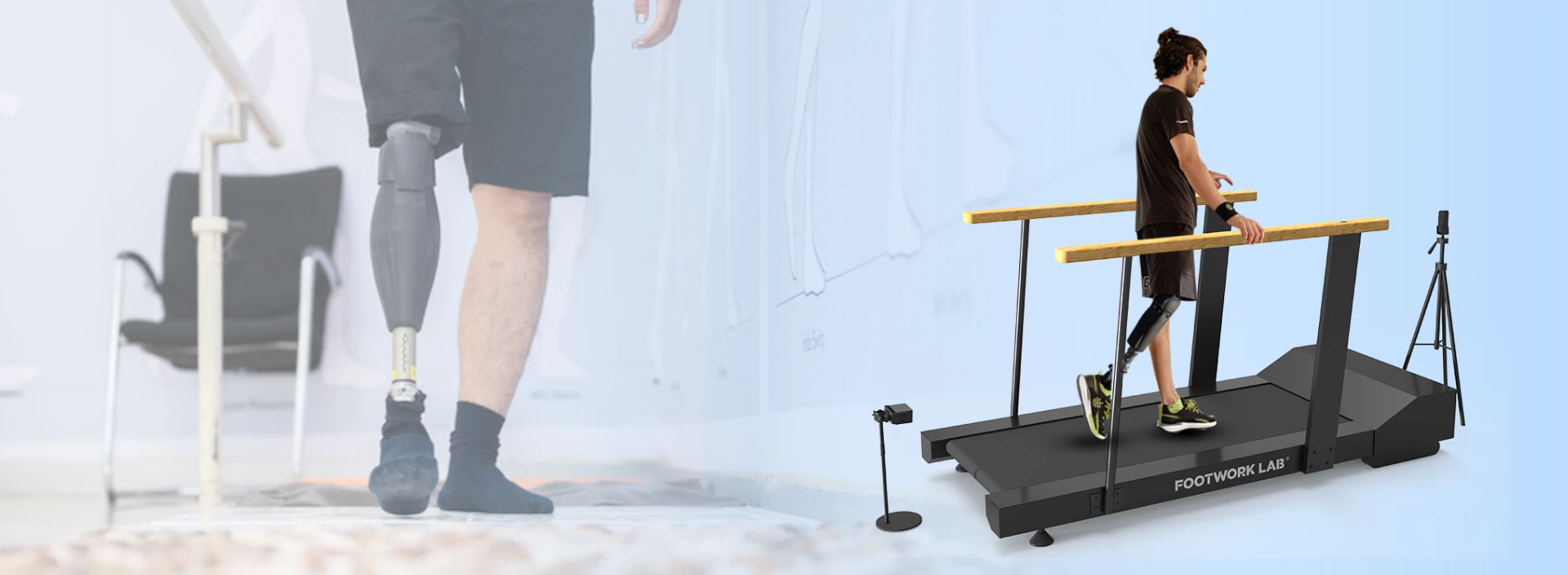F5-Lab Gait Analysis Platform
Walking And Running Gait Analysis
SCOPE OF APPLICATION
●Gait cycle detection and evaluation
●Posture assessment
●Analysis and evaluation of dynamic bipedal butterfly line
●Dynamic pressure assessment and analysis
●Posture assessment
●Analysis and evaluation of dynamic bipedal butterfly line
●Dynamic pressure assessment and analysis
PRODUCT INTRODUCTION
The F5-LAB Dynamic Gait Pressure Detection platform (Gait Analysis)contains an integrated pressure measuring plate to measure and analyze pressure distribution during walking and running. The data of the user gait cycle can be collected effectively and analyzed completely by dual dynamic video acquisition.
F5-Lab Gait Analysis Platform
Product Size1473*694*1089mm
CameraHigh precision camera *2
Weight100kg
Precision2mm
SensorArea 46*138cm
Power Supply110V-220V
Pressure points64x128
Frequency60-100HZ
Get A Quote
The Advantage of F5-Lab Gait Analysis
Mainly used in sports rehabilitation centers, gyms and other scenes, podiatry clinics, orthopedic clinics, physical therapy centers and other medical scenes can also be used. Based on the body posture detection, walking posture detection and walking foot pressure detection, multi-dimensional data support, you can intuitively understand the physical problems.
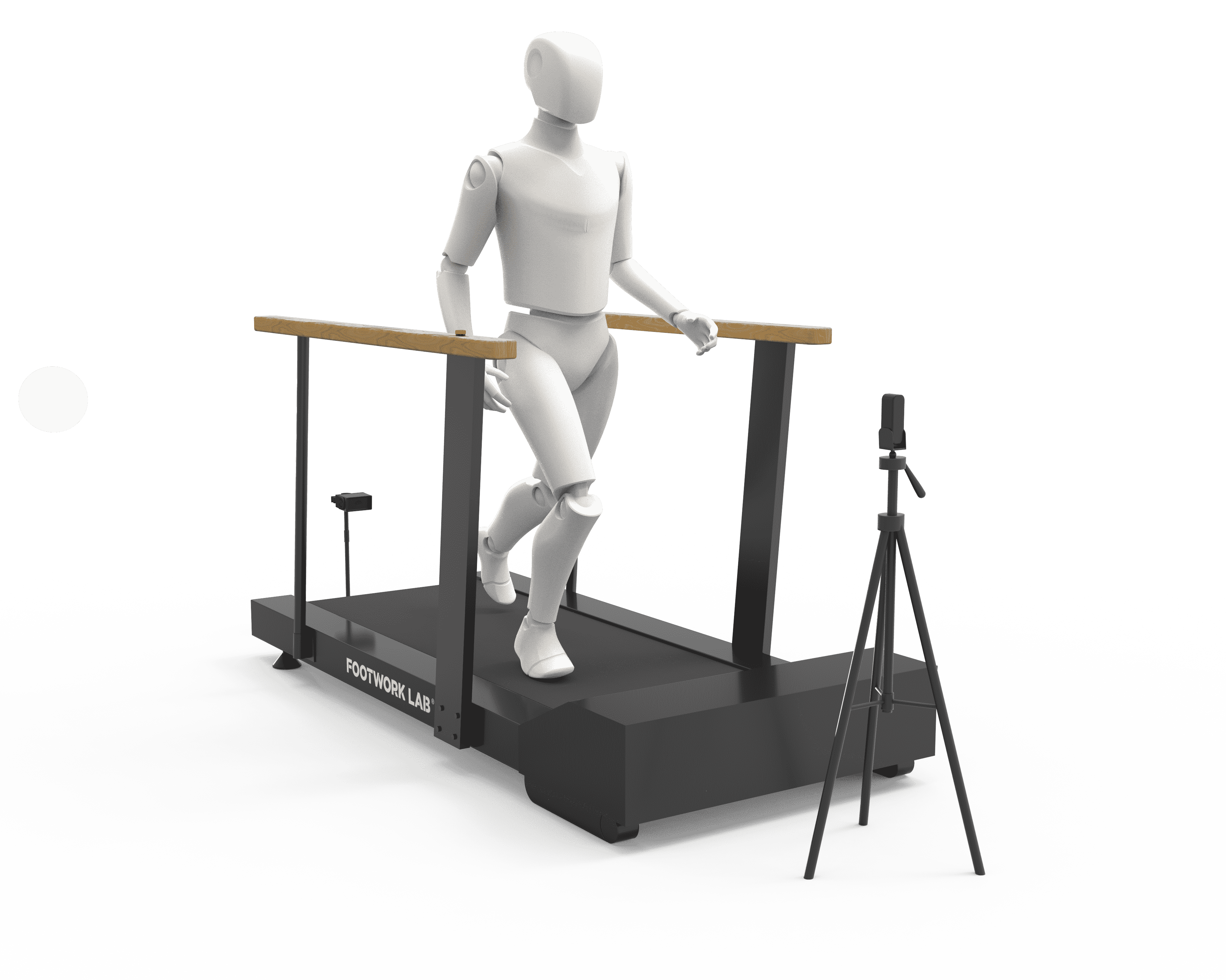
Gait Runing PlatormMainly used in sports rehabilitation centers, gyms and other scenes, podiatry clinics, orthopedic clinics, physical therapy centers and other medical scenes can also be used.
The system is based on multidimensional data such as body posture detection, walking posture detection and walking foot pressure detection for evaluation and detection.
Testing And ReportingAll data acquired by the software is provided by Footwork Saas System processing, and providing detailed evaluation report:
Gait analysis report; Tripod analysis report; Dynamic bipedal butterfly line analysis report.
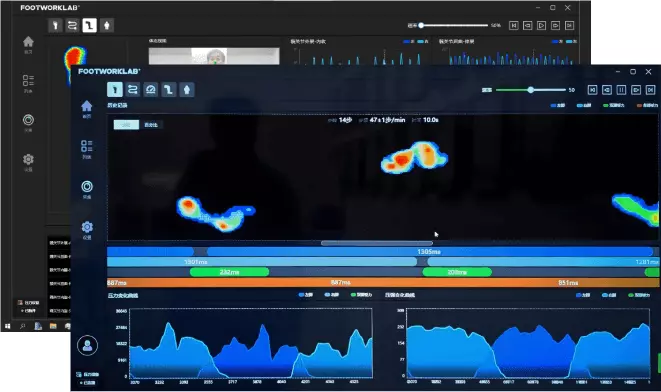

Helping Physicians Personalize TreatmentBy accurately diagnosing the patient's gait abnormalities and arch form disorders, doctors are able to design highly personalized treatment paths, such as customizing orthotics and recommending specific physical therapies.
In rehabilitation medicine, the system is used as an assessment tool to help healthcare professionals accurately track the patient's recovery process and guide the development of a more scientific and rational rehabilitation training program.
Gait Assessment and OptimizationThe gait treadmill is equipped with sensors and an analyzing system that can monitor the gait pattern of the prosthesis user in real time and help the rehabilitation doctor or therapist assess the various stages of gait, including data on stride length, stride frequency, joint angle, support time, etc. The data can be used to optimize the gait of the prosthesis user.
These data can be used.
①Identify gait asymmetry or gait abnormality.
②Analyze the fit and performance of the prosthesis.
③Adjust the design, accessories, or use of prosthesis
These data can be used.
①Identify gait asymmetry or gait abnormality.
②Analyze the fit and performance of the prosthesis.
③Adjust the design, accessories, or use of prosthesis

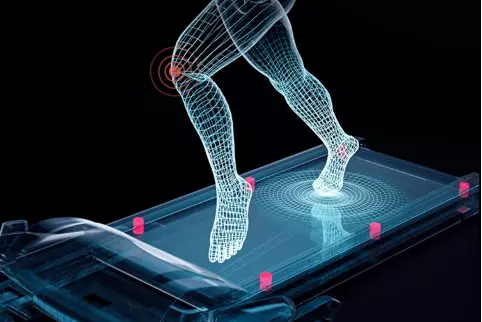
Personalized Rehabilitation TrainingThe gait treadmill can provide adjustable training intensity and conditions (e.g. speed, gradient, etc.), so that the prosthesis user can carry out gradual exercise training in a safe environment, and improve the stability and coordination of his/her gait.
Adjusting prosthetic settingsWith real-time feedback from the gait treadmill, doctors and technicians can more accurately adjust the prosthetic settings (e.g. foot angle, knee flexibility, etc.) for optimal gait control.
Users can perform several gait tests on the treadmill to find the most suitable prosthetic configuration and walking style for themselves.
Users can perform several gait tests on the treadmill to find the most suitable prosthetic configuration and walking style for themselves.
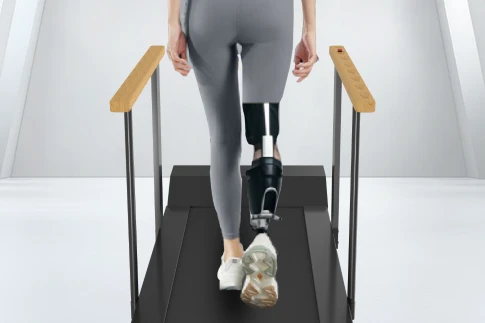
Maybe you're interested in
X5 SCANNER
F2/FMP GAIT SCANNER
Q1P PODOSCOPE
F2-Pro Gait Scanner
X3 Foot Pressure Scanner
INSOLES CATAGORIES
